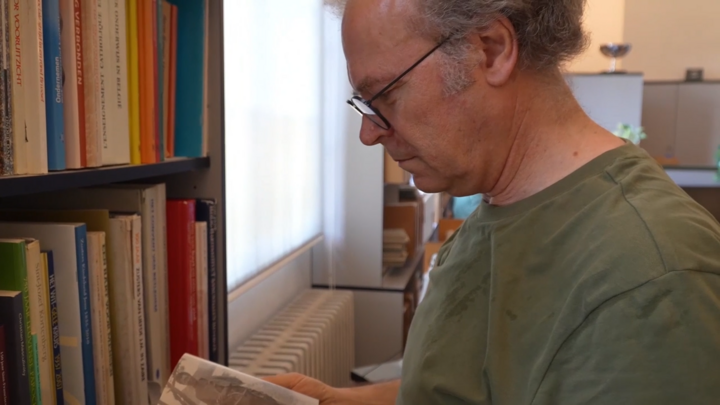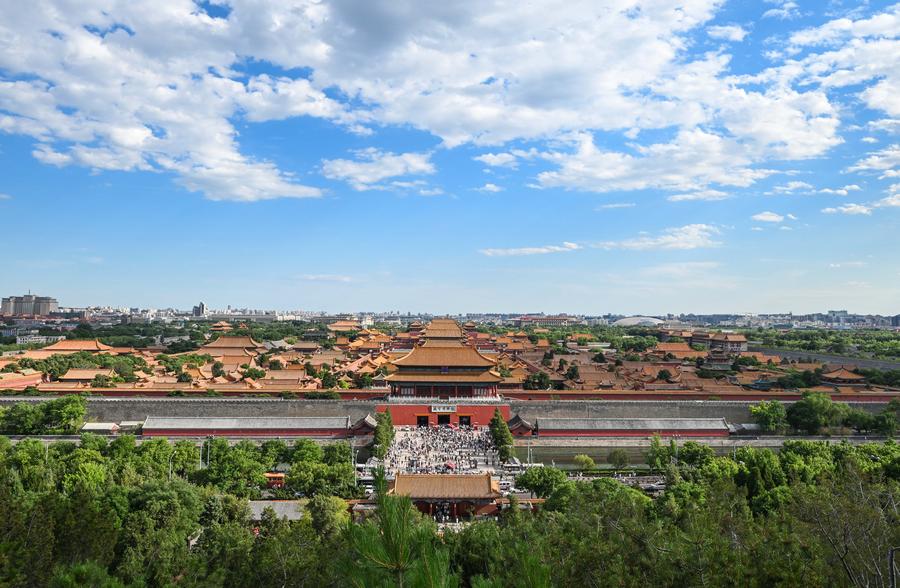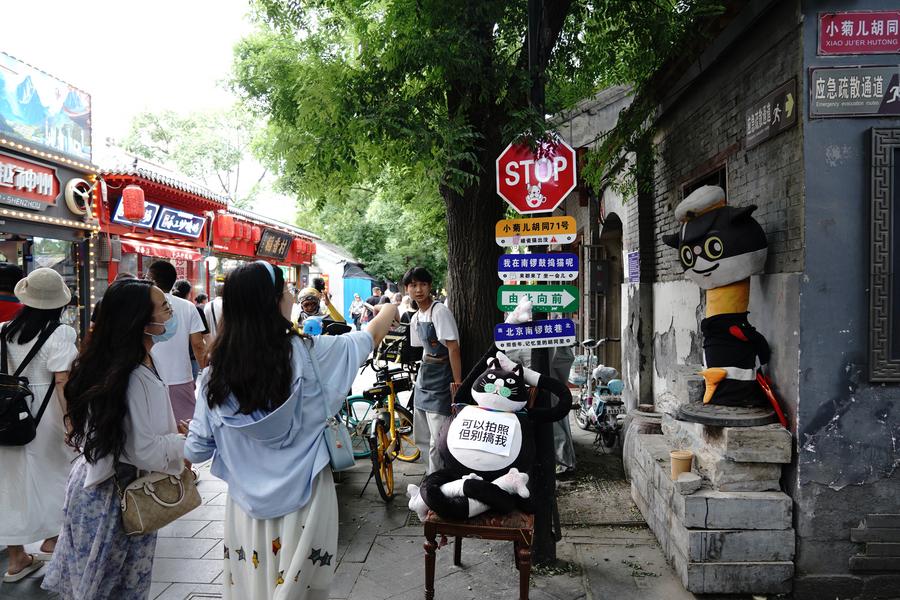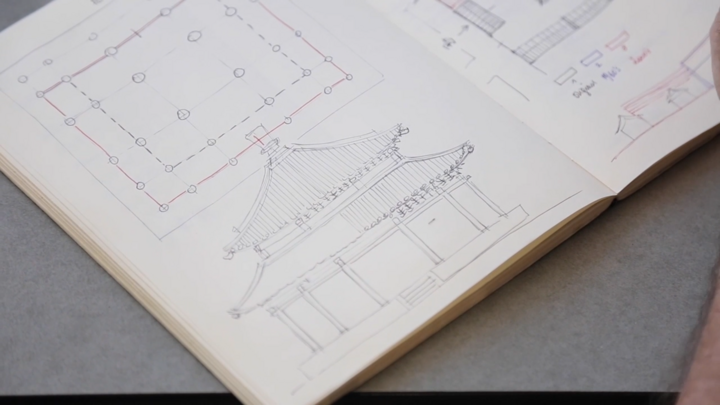Belgian historian praises Beijing's old city as architectural masterpiece
As Coomans sees it, Beijing is a truly unique capital, with a structure incomparable to that of any other capital in the world.
by Xinhua writers Xia Yuanyi, Liu Yuxuan
BRUSSELS, Sept. 10 (Xinhua) -- A Belgian historian has hailed Beijing's old city as an architectural masterpiece, emphasizing how its layout showcases centuries of urban evolution, with a central axis that stands unparalleled in its design.
The recent recognition of Beijing Central Axis as a United Nations Educational, Scientific and Cultural Organization (UNESCO) world heritage site underscores its immense significance in the fields of archaeology, architecture, and culture, Thomas Coomans, an architectural historian, archaeologist and heritage conservationist, said in an interview with Xinhua.
Coomans, a professor in the department of architecture of KU Leuven University, has been collaborating with Chinese scholars since 2011. In 2014, he and Xu Yitao from the School of Archaeology and Museology at Peking University established a research cooperation framework in building archaeology. Coomans also served as a visiting professor at Peking University from 2016 to 2017.

Thomas Coomans reviews architectural references in a library in Leuven, Belgium, Aug. 8, 2024. (Xinhua/Liu Yuxuan)
Building archaeology combines archaeological methods with historical research, Coomans explained. "We look at buildings with the eyes of an archaeologist, not an architect. We try to understand from the materials how the building was, its history and how people built them."
Through his frequent academic exchanges with Chinese colleagues, Coomans has visited Beijing numerous times. During one of these visits, he lived in a hutong lane near Nanluoguxiang, a popular tourist destination in the heart of the city, immersing himself in local life to gain a deeper understanding of the area's culture and history.
Nanluoguxiang, an 800-meter-long historic alley, is renowned for its traditional hutong architecture and lively cultural atmosphere. Reflecting on his time there, Coomans said, "When you live in a hutong, you are no longer a tourist. You become part of the Chinese community. You smile to people, interact with them, and you really understand these places with a very long history. That's really the heart of Beijing."

This photo taken on May 31, 2024 shows a view of the Forbidden City in Beijing, capital of China. (Xinhua/Chen Yehua)
Coomans expressed a particular fascination with Beijing's ancient structures that blend European styles with Chinese craftsmanship, uniquely merging Western architectural concepts with Chinese techniques and artistic ideas. This fusion, he noted, creates a remarkable and unprecedented architectural synergy.
The 589-hectare area of the Beijing Central Axis connects structures that reflect centuries of cultural exchange between China and the West, including St. Michael's Church and St. Joseph's Church. Beyond the Central Axis, landmarks like Xiyanglou, or "Western Mansions" -- influenced by early 18th century Italian painter and missionary Giuseppe Castiglione -- and the former embassy district of Dongjiaominxiang, further illustrate the architectural diversity shaped by these exchanges across Eurasia.

People look at the signpost of a cafe in the Nanluoguxiang neighborhood in Beijing, capital of China, June 10, 2023. (Xinhua/Zou Yu)
The Beijing Central Axis spans 7.8 kilometers, making it the world's longest urban axis. Initiated in the 13th century, it reached its current form by the 16th century. Coomans said its inscription on the UNESCO World Heritage List in July serves as proof of its outstanding value.
As Coomans sees it, Beijing is a truly unique capital, with a structure incomparable to that of any other capital in the world. "The city's layout is the result of evolution of earlier capitals in China, but Beijing is truly the masterpiece."
Coomans has been invited to the 2024 Beijing Culture Forum, scheduled for Sept. 19-21. He expressed his excitement about the event, looking forward to learning and meeting new friends. During the forum, scholars from various countries will share their perspectives and insights on Beijing. This year's theme is "Enhance Cultural Exchanges for Common Progress."

This photo taken in Leuven, Belgium, on Aug. 8, 2024, shows a sketch of an architecture drawn by Thomas Coomans. (Xinhua/Liu Yuxuan)


